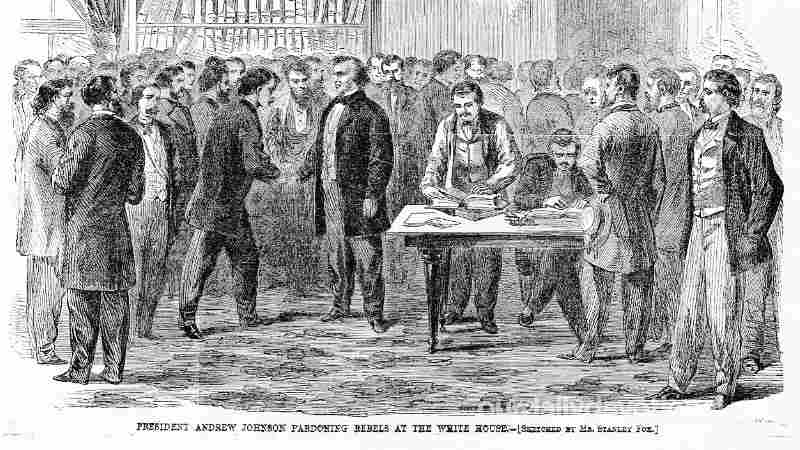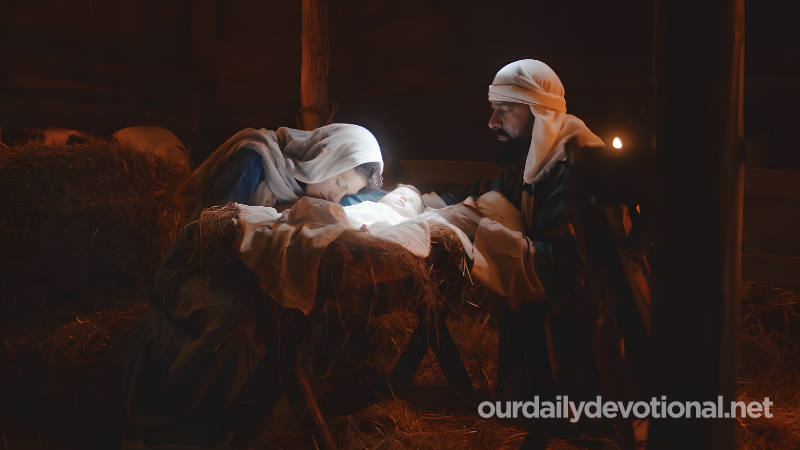As a religious technical term, "sacrifice" designates everything that, having been dedicated to a religious object, cannot be claimed. In the generality of sacrifices offered to God under the Law, the offerer is assumed to be aware that death, as God's judgment, was upon him.
Therefore, the sacrifice had to be put to death so that it would be accepted by God. In fact, the term "sacrifice" is often used to denote the act of killing.
The first sacrifice expressly mentioned in the Bible is that performed by Abel, although there is a clearly implicit indication of the death of victims in the fact that Adam and Eve were clothed by God with robes of skin after their sin. (Gen. 4:4; cf. 3:21).
There is no doubt that God instructed man about the fact that, since the penalty for the fall and for his own sin is death, he could only approach God in a proper way with the death of a substitute clean of offense; It is clearly stated in the Scriptures that it was by faith that Abel offered a more excellent sacrifice than that of Cain (Heb. 11:4).
God had to tell Cain that if he did not do good, sin, or a sin offering, was at the door (Gen. 4:7).
At the dawn of humanity we find the pious offering sacrifices to the Lord:
Noah (Gen. 8:20-21),
Abraham (Gen. 12:7, 8),
Isaac (Gen. 26:25),
Jacob (Gen. 33:20). Likewise, archaeological research has revealed that the ancient civilizations of Babylon, Egypt, etc., had elaborate sacrificial rituals in their religions.
The sacrifices of the OT show the basis and means of approaching God. All of them are types (see TYPE, TYPOLOGY), lacking intrinsic value, but constituting shadows, or figures, of Christ, who, as Antitype, fulfilled them all.
The main sacrifices are four: the burnt offering, the offering, the peace offering and the sin offering, to which the sin offering can be associated.
This is the order in which they appear in the opening chapters of Leviticus, where we have their meaning presented from God's point of view, beginning, typologically, from Christ's devotion to the glory of God until death, and reaching the meaning of his provision for the need of guilty man.
If it is the sinner coming to God, the sin offering must necessarily come first: The question of sin must be settled before the one who comes to God can be in the position of worshipper.
The offerings, in one respect, are divided into two classes: the sweet-smelling offerings, presented by the worshipers, and the sin offerings, presented by those who, having sinned, are to be restored to the position of worshipers.
It must be kept in mind that redemption is not typified in these sacrifices in Leviticus. These sacrifices were given to an already redeemed people. The image of redemption is found in Easter (see EASTER).
In these sacrifices we have a provision for an already redeemed people. Even in the sin offering the fat was to be burned on the brazen altar, and on one occasion it is said to be for a sweet smell (Lev. 4:31), constituting a link with the burnt offering.
The sweet-smelling offerings represent Christ's perfect offering of Himself to God, rather than Jehovah's imposition of sins on the substitute.
The various types and sex of animals presented in the sin offering were proportional to the measure of responsibility in Lev. 4, and to the capacity of the offerer in chap. 5.
Thus, the priest or the entire congregation had to carry a calf, but a goat or a lamb were sufficient if it was a person. In offerings with a pleasant smell, the offerer was free to choose the victim, and the different value of the animals offered gave evidence of the measure of appreciation of the sacrifice.
Thus, if a rich man offered a lamb instead of a calf, it would itself be evidence that he undervalued the privileges available to him.
Blood was sprayed and spilled. You couldn't eat it; It was life, and God claimed it (cf. Lev. 17:11). The fat of the offerings always had to be burned, because it represented typologically the spontaneous and energetic action of Christ toward God (Ps. 40:7, 8).
Leaven, which always means what is human and, therefore, evil (because if the human element is introduced into the works of God, working within him, evil results from it), could never be burned on the altar. to God, nor be in any of the offerings, except in a special form of the offering of firstfruits (Lev. 23:16-21) and in the bread that accompanied the sacrifice of thanksgiving (Lev. 7:13) .
Honey was also prohibited in the offering, typically denoting mere human sweetness. Salt had to be added to the offering, and it was to be used in every offering: it is called the salt of the covenant of your God (Lev. 2:13; cf. Ezek. 43:24).
Salt prevents corruption and gives flavor (Num. 18:19; 2 Chron. 13:5; Col. 4:6). The victim's chest can be taken as an emblem of love, and the shoulder, of strength.
Meaning of SACRIFICE
As a religious technical term, "sacrifice" designates everything that, having been dedicated to a religious object, cannot be claimed.







